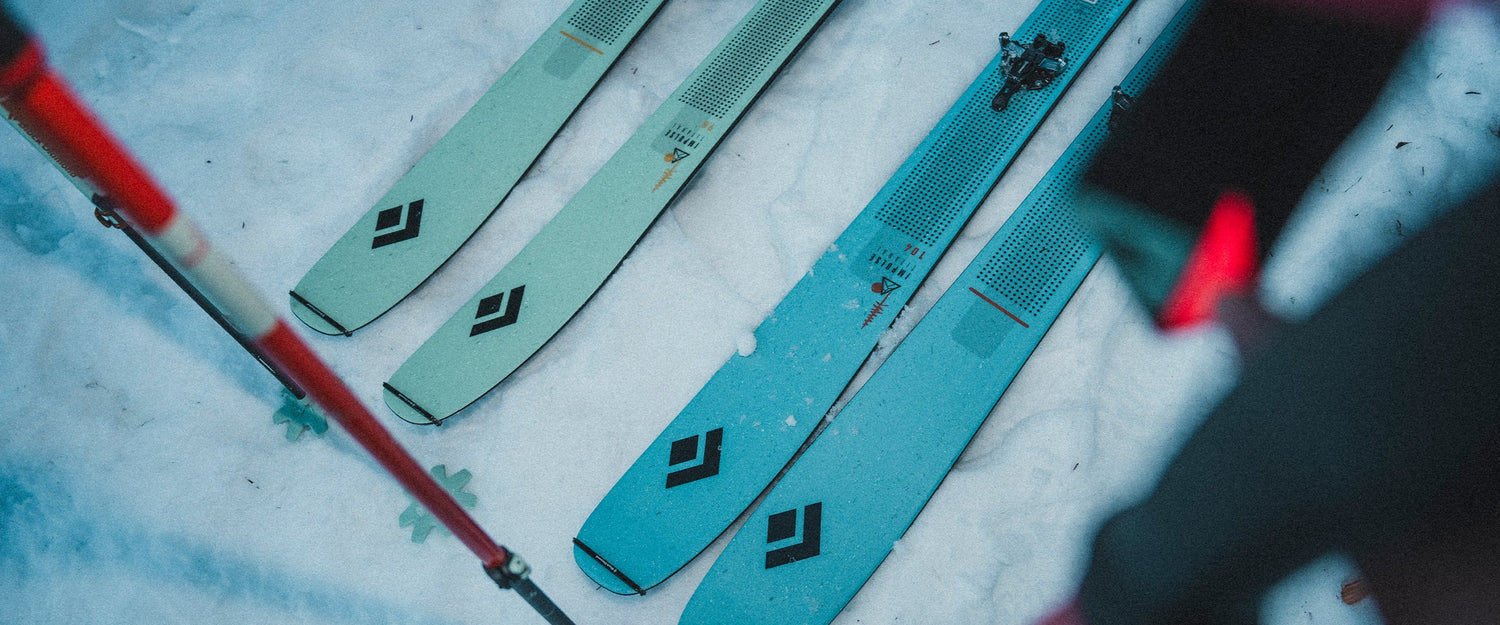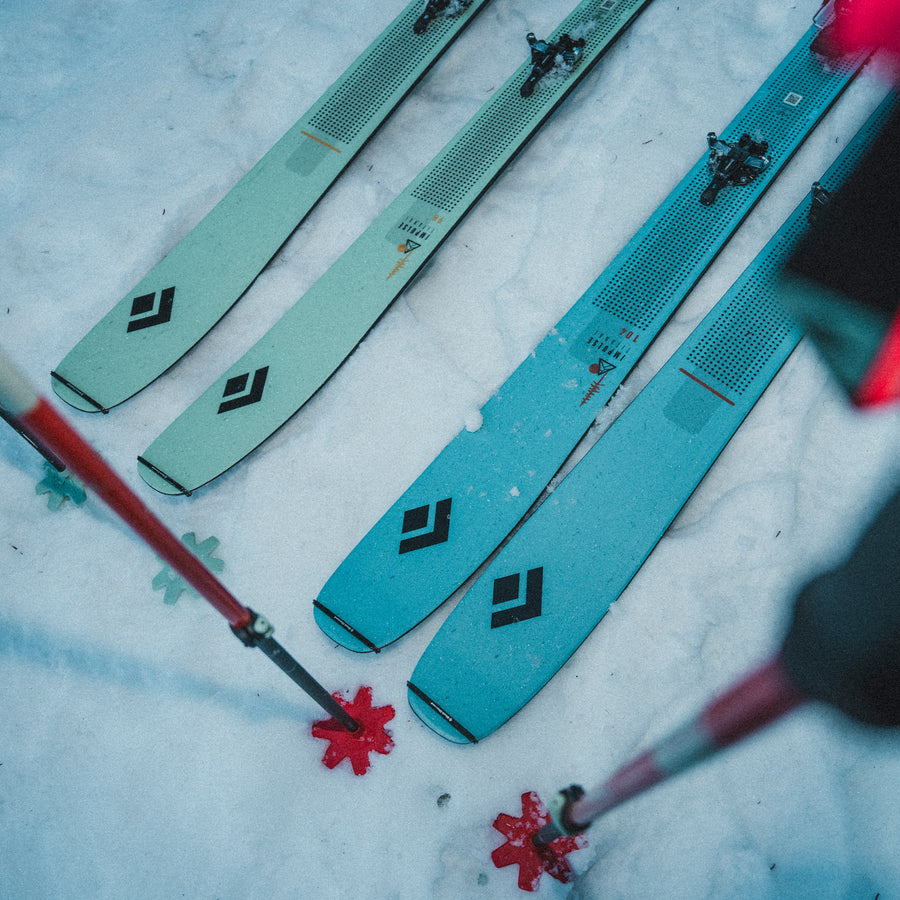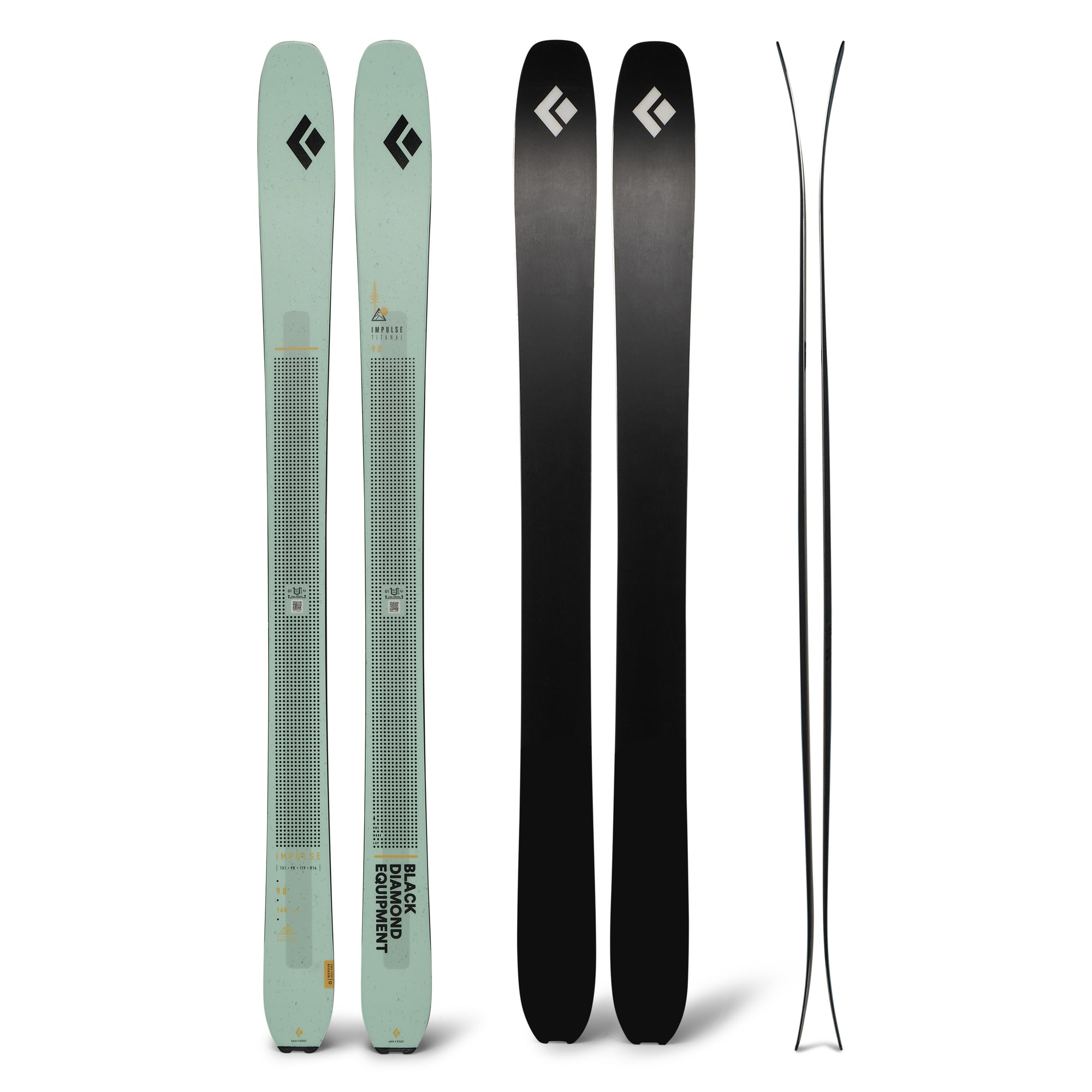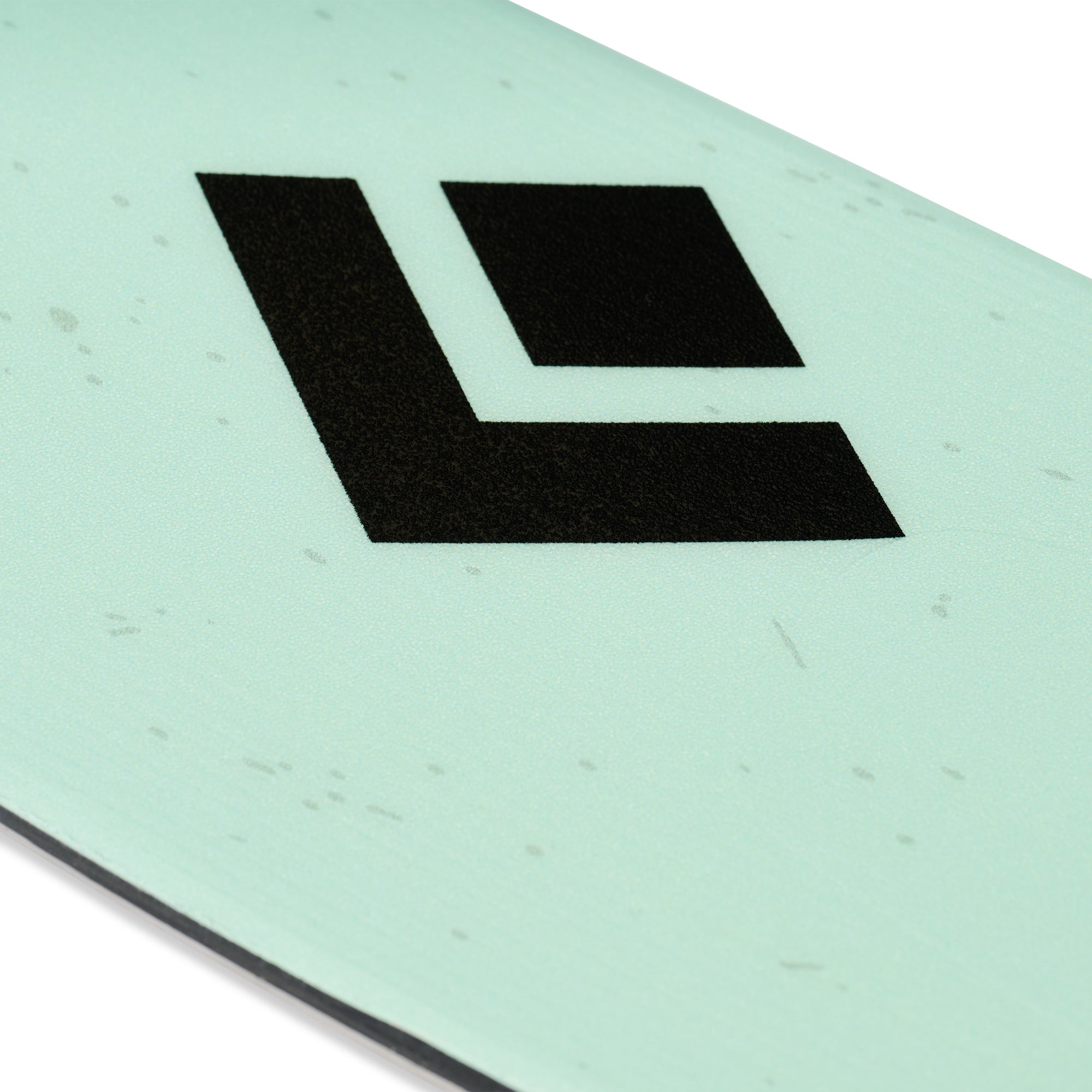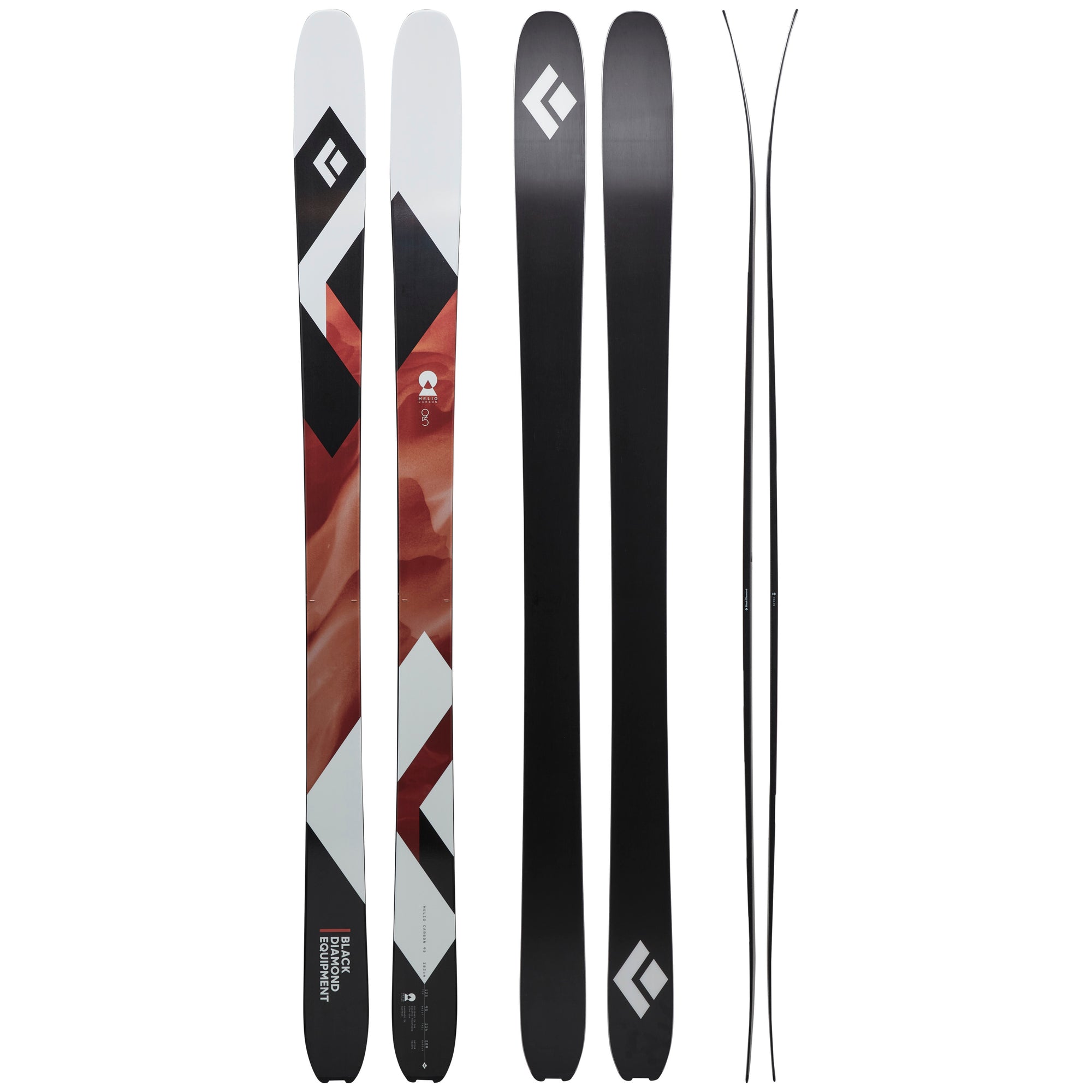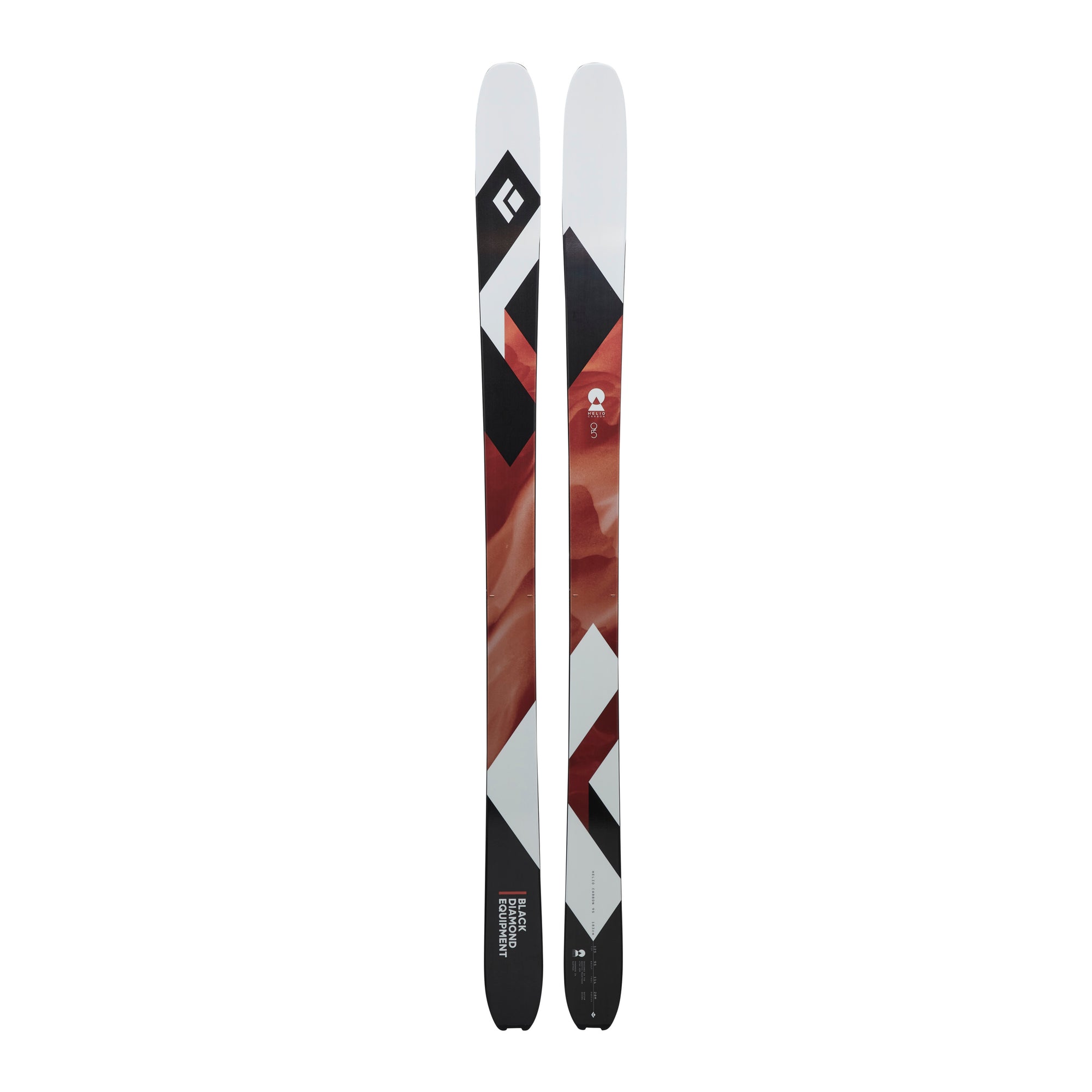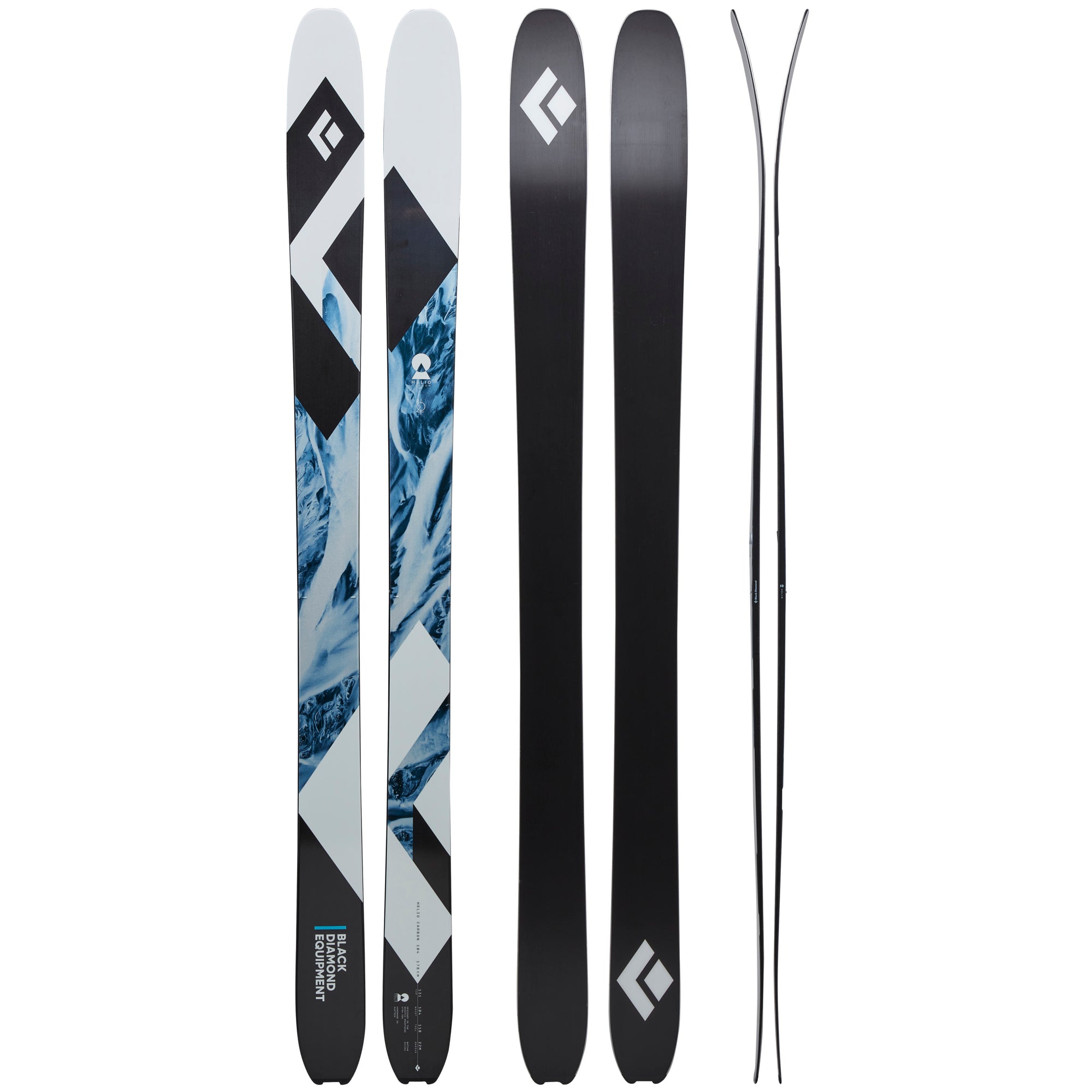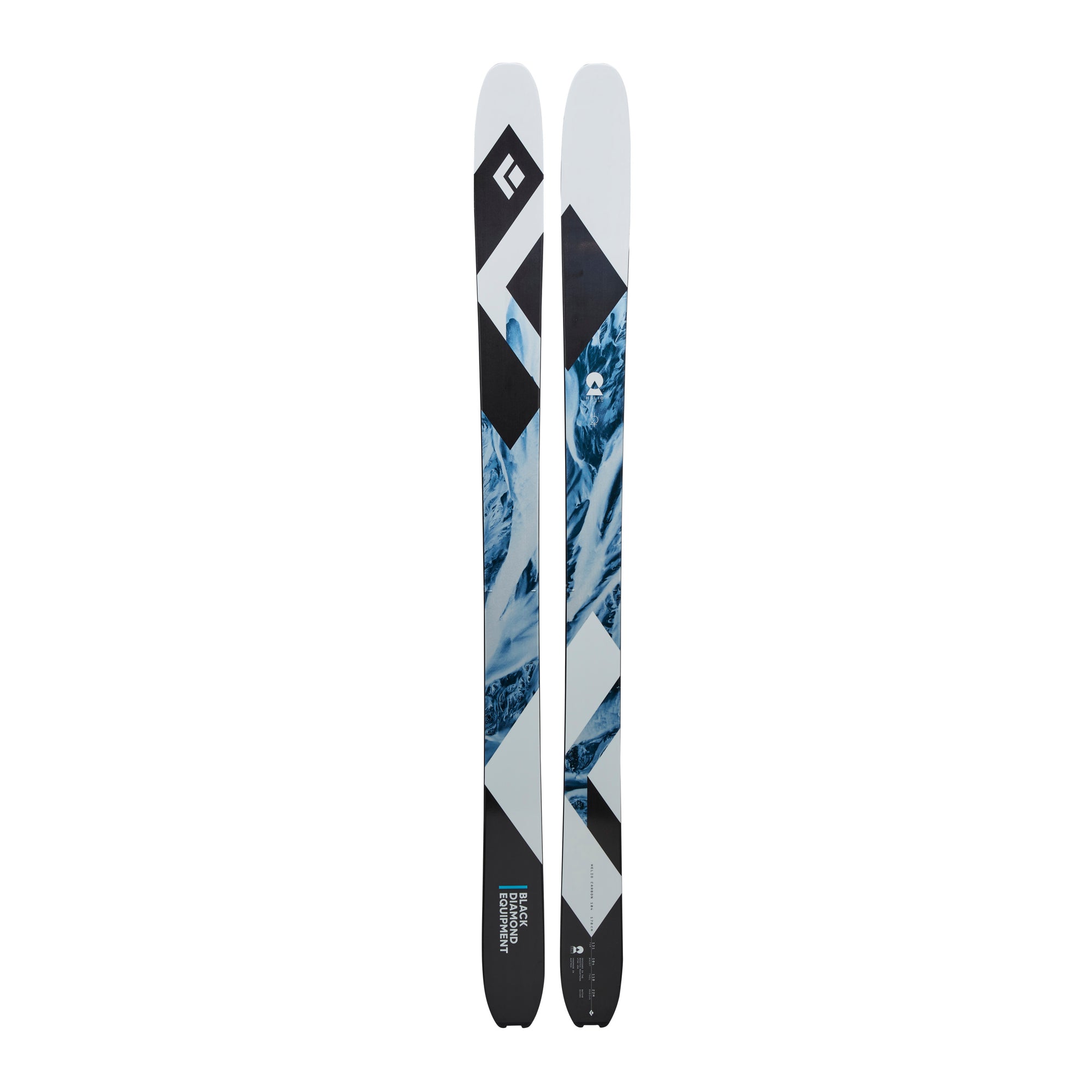-
Helio Carbon 88 Skis
Regular price $824.95 USDSale price $824.95 USD Regular priceUnit price per$824.95 -
Helio Carbon 95 Skis
Regular price $849.95 USDSale price $849.95 USD Regular priceUnit price per$849.95 -
Helio Carbon 102 Skis
Regular price $899.95 USDSale price $899.95 USD Regular priceUnit price per$899.95 -
Helio Carbon 108 Skis
Regular price $949.95 USDSale price $949.95 USD Regular priceUnit price per$949.95 -
Impulse Ti 98 Skis
Regular price $799.95 USDSale price $799.95 USD Regular priceUnit price per$799.95 -
Women's Impulse Ti 98 Skis
Regular price $799.95 USDSale price $799.95 USD Regular priceUnit price per$799.95 -
Impulse Ti 104 Skis
Regular price $849.95 USDSale price $849.95 USD Regular priceUnit price per$849.95 -
Women's Impulse Ti 104 Skis
Regular price $849.95 USDSale price $849.95 USD Regular priceUnit price per$849.95 -
Impulse Ti 112 Skis
Regular price $899.95 USDSale price $899.95 USD Regular priceUnit price per$899.95 -
Impulse Pro Ti 114 Skis
Regular price $899.95 USDSale price $899.95 USD Regular priceUnit price per$899.95 -
HELIO CARBON 95 SKIS
Regular price $424.98 USDSale price $424.98 USD Regular priceUnit price per$849.95 -
Helio Carbon 115 Skis
Regular price $499.98 USDSale price $499.98 USD Regular priceUnit price per$999.95 -
HELIO CARBON 104 SKIS
Regular price $474.98 USDSale price $474.98 USD Regular priceUnit price per$949.95

